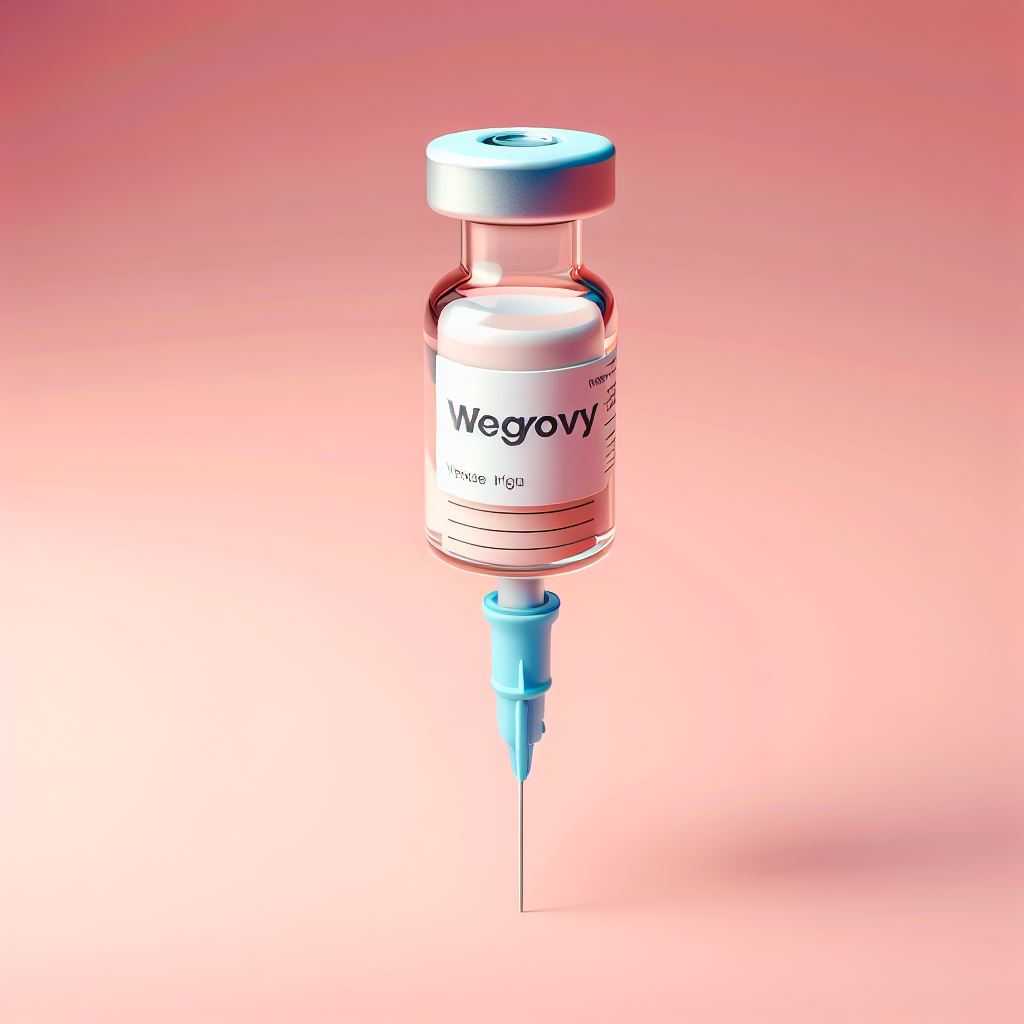Pharmacological Treatments for Hemophilia B: A Comprehensive Overview
Hemophilia B, also known as Christmas disease, is a rare genetic bleeding disorder that affects the blood’s ability to clot properly. It is caused by a deficiency in clotting factor IX, a protein essential for normal blood clotting. Individuals with hemophilia B experience prolonged bleeding episodes, both internally and externally, which can be life-threatening if not managed effectively.
Understanding Hemophilia B Treatment
Over the years, significant advancements have been made in the pharmacological treatment of hemophilia B. The primary goal of these treatments is to replace the missing or deficient clotting factor IX and prevent bleeding episodes.
Clotting Factor Replacement Therapy
The cornerstone of hemophilia B treatment is clotting factor replacement therapy. This involves infusing the missing clotting factor IX directly into the bloodstream to restore its levels and promote normal blood clotting. There are two main types of clotting factor replacement therapy:
- On-demand therapy: This approach involves administering clotting factor IX only when a bleeding episode occurs. It aims to control and stop bleeding promptly.
- Prophylactic therapy: In this approach, clotting factor IX is infused regularly, typically two to three times a week, to maintain a constant level in the blood. Prophylactic therapy aims to prevent bleeding episodes altogether and preserve joint health.
Recombinant Factor IX
Recombinant factor IX (rFIX) is a genetically engineered clotting factor IX that is produced in the laboratory. It is derived from human or animal cells and undergoes rigorous purification processes to ensure safety and efficacy. Recombinant factor IX has become the preferred choice for clotting factor replacement therapy due to its lower risk of transmitting infections and its ability to provide sustained levels of clotting factor IX in the blood.
Extended Half-Life Factor IX
Extended half-life factor IX products have been developed to reduce the frequency of infusions required for prophylactic therapy. These products are modified to have a longer duration of action, allowing for less frequent dosing while maintaining adequate clotting factor levels. Extended half-life factor IX products offer the convenience of fewer infusions and improved quality of life for individuals with hemophilia B.
Gene Therapy
Gene therapy holds immense promise in the treatment of hemophilia B. It involves introducing a functional copy of the clotting factor IX gene into the patient’s cells to enable them to produce their own clotting factor IX. This innovative approach has the potential to provide a long-term cure for hemophilia B by eliminating the need for regular clotting factor infusions. While gene therapy is still in its early stages of development, it has shown promising results in clinical trials and offers hope for the future.
Considerations and Challenges
While pharmacological treatments have significantly improved the management of hemophilia B, there are several considerations and challenges to be aware of:
Inhibitor Development
One of the primary challenges in hemophilia B treatment is the development of inhibitors. Inhibitors are antibodies that neutralize the infused clotting factor, making it less effective. Individuals with inhibitors require higher doses of clotting factor or alternative treatment strategies to control bleeding.
Cost and Accessibility
The cost of hemophilia B treatment can be substantial, particularly for those requiring regular prophylactic therapy. Access to these treatments can also be limited in some regions, making it essential to advocate for improved affordability and availability.
Adherence to Treatment
Adherence to treatment is crucial for optimal management of hemophilia B. Regular infusion schedules, especially for prophylactic therapy, can be challenging to maintain. Education and support for patients and caregivers are essential to ensure adherence and minimize the risk of bleeding episodes.
Summary of the treatment goals
Pharmacological treatments have revolutionized the management of hemophilia B, allowing individuals to lead fuller and safer lives. Clotting factor replacement therapy, particularly with recombinant factor IX and extended half-life factor IX products, has become the gold standard for treatment. Gene therapy shows promise for a potential cure in the future. However, challenges such as inhibitor development, cost, and adherence must be addressed to optimize treatment outcomes for individuals with hemophilia B.
Fidanacogene Elaparvovec: A Breakthrough in Hemophilia B Treatment
Fidanacogene elaparvovec, an investigational gene therapy, has the potential to transform the lives of adults living with hemophilia B. Recently, the U.S. Food and Drug Administration (FDA) accepted Pfizer’s Biologics License Application (BLA) for fidanacogene elaparvovec. Let’s delve into the details of this groundbreaking therapy.
Fidanacogene Elaparvovec: How It Works
Fidanacogene elaparvovec is an innovative gene therapy designed to address the underlying cause of hemophilia B. Here’s how it works:
- Bio-Engineered Adeno-Associated Virus (AAV) Capsid: Fidanacogene elaparvovec contains a modified AAV capsid that delivers the therapeutic gene to liver cells.
- High-Activity Variant of Human FIX Gene: The therapy carries a high-activity variant of the human FIX gene. Once delivered to the liver, it enables patients to produce FIX themselves.
BENEGENE-2 Study Results
The FDA’s acceptance of the BLA was based on positive data from the Phase 3 BENEGENE-2 trial. Key findings include:
- Non-Inferiority and Superiority: Fidanacogene elaparvovec demonstrated non-inferiority and superiority in the annualized bleeding rate (ABR) of total bleeds compared to prophylaxis with FIX.
- Safety Profile: The therapy was generally well-tolerated, consistent with Phase 1/2 results.
Regulatory Milestones
- FDA Decision: The FDA has set a Prescription Drug User Fee Act (PDUFA) goal date in the second quarter of 2024.
- EMA Review: The European Medicines Agency (EMA) is also reviewing the European marketing authorization application (MAA) for fidanacogene elaparvovec.
Market Potential
- Global Market: The global market for hemophilia treatments is projected to grow significantly. By 2030, it is estimated to reach $14.7 billion, up from $9.3 billion in 2020.
- Revenue Forecast: Fidanacogene elaparvovec’s revenue is expected to reach an annual total of $333 million by 2036 in the U.S.
Regulatory Milestones
- FDA Acceptance: The FDA has accepted Pfizer’s Biologics License Application (BLA) for fidanacogene elaparvovec for the treatment of adults with hemophilia B.
- EMA Review: The European Medicines Agency (EMA) is also reviewing the European marketing authorization application (MAA) for fidanacogene elaparvovec.
Investment Outlook
Investors are closely monitoring fidanacogene elaparvovec’s progress. If approved, it could reduce the burden on patients and healthcare systems, potentially transforming the lives of those living with hemophilia B.


